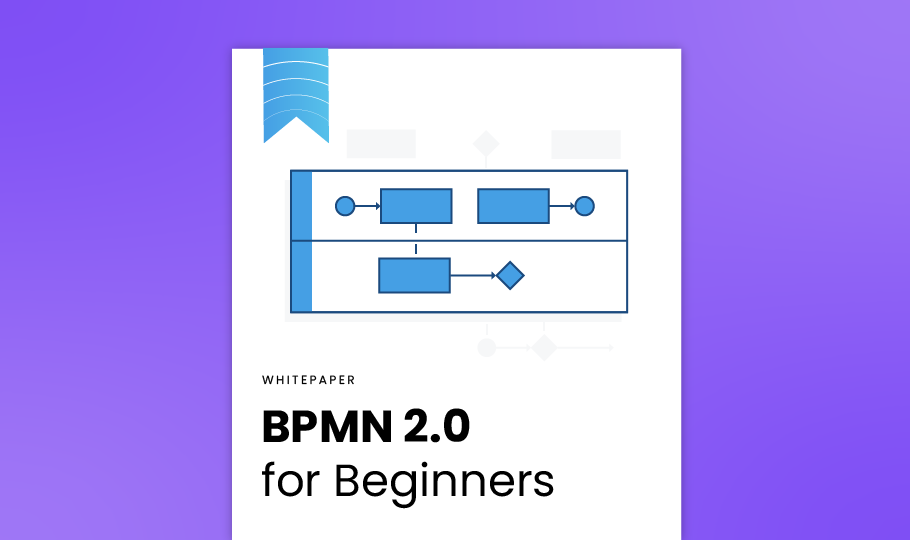BPMN stands for Business Process Modeling Notation. BPMN is very similar to the concept of flowcharting that has been around since the 1980s. Like flowcharting BPMN modeling has the aim of allowing a person to map a workflow in such a way that it can be understood easily by other interested parties. BPMN is a language, and like any language the purpose is to facilitate communication. BPMN is designed to facilitate communication and understanding of business processes.
The “N” part of BPMN stands for “notation.” The graphical notation consists of designated symbols that represent actions, flows, or process behaviors. Visual symbols have been a part of the standard since the OMG released the first version of the BPMN specification in May 2004. BPMN is not software, and it’s not “owned” by a business, but was developed by the OMG (Object Management Group) as a notation standard that can be understood by business analysts, technical developers, and project managers.
In short, the best thing about BPMN 2.0 is that it provides a common language for technical and non-technical users, allowing both types of personnel to have the precision, flexibility, and understanding they need to build processes correctly. Because BPMN 2.0 offers this shared language, facilitates collaboration, and more new and flexible applications are possible. The system of shared standards makes communication and understanding both within and from one organization to another clearer and more manageable.
Perhaps your organization is reluctant to try BPMN, let alone BPMN 2.0. But there’s no reason to put it off. You don’t have to be an expert to use BPMN well. Learning the reasoning behind BPMN may require climbing a learning curve, but once you do, a whole new world of workflow automation possibilities opens up. Moreover, your technical people will easily translate them into automated processes.
